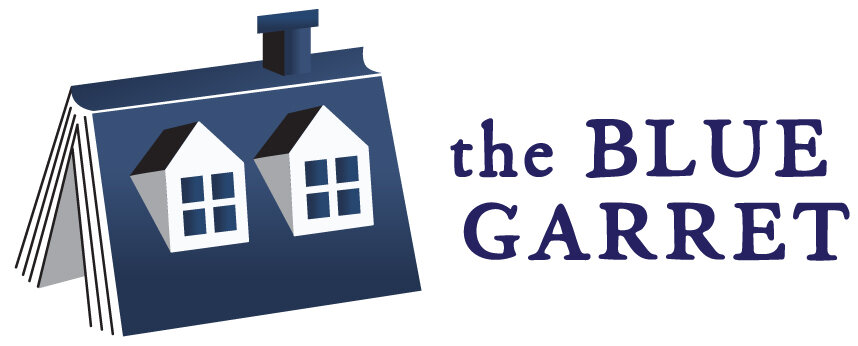Kristen’s content editing process
I start each content edit with a full read of the manuscript. I make occasional comments on the draft at this stage, but mostly I am writing notes, tracking my experience as a reader, and taking notes for chapter summaries and other elements of the story spreadsheet.
After my first read, I flesh out the story spreadsheet, organize my notes, and start thinking through the strengths and weaknesses of the book. I have a long list of questions I walk through for every book. (For example, does the book start in the right place? Does the setting come to life? Does the plot have a strong narrative arc?) I then make an edit plan for myself, listing topics I want to cover in the editorial letter and/or manuscript comments.
At this point, I start reading the manuscript again from the top and begin drafting the editorial letter. During this second read-through, I add specific comments to the manuscript that support my advice in the editorial letter and make it concrete. I also note smaller issues that need revision.
Along the way, I often dip into books the author lists as influences or comps (other books their ideal readers are likely to be reading), and I also add any specific resources or additional comps to the project Trello board for the author to take a look at.
At the end of the project, the author receives the manuscript with my comments, a copy of the story spreadsheet, and the editorial letter. We schedule a call to discuss my advice, or consult over email. After getting a sense of the scope of recommended revisions, the author and I decide on the next steps, usually workshopping the first few chapters together.
Kristen’s copyediting process
Before starting the edit, I send authors a questionnaire to find out about their preferences on details like commas and dash styles. For most projects, I set up the style sheet for the book as well as a Google doc for notes. Once I start the edit, I run every sentence through a series of questions and checks:
Does it fit the logic of the paragraph / chapter / story or argument? If not, I add a comment about why, along with revision suggestions.
Is the phrasing clunky or cloudy? If so, I add a comment suggesting one or more possible revisions of the sentence.
Does it follow standard grammar and usage rules? If not, I make corrections using Track Changes. If I see a pattern of problems (for example, misusing semicolons), I will explain the applicable rule.
Does it follow Chicago style? (For example, are numbers up to one hundred spelled out?) If not, I make corrections using Track Changes.
Are all words spelled correctly? I correct obvious typos and look up words I need to check, often compounds or hyphenated words (backseat or back-seat or back seat)? I make corrections using Track Changes and add any words I looked up to the style sheet.
Are there any proper nouns or basic facts that need to be confirmed? I comment on any problems and/or add fact-checked proper nouns to the style sheet.
For fiction, are there any character or timeline details that need to be added to the style sheet? I comment on any inconsistencies that need to be addressed.
If I have questions about a style preference of anything else, I add it to the project Trello board for the author to answer.
After I’ve given every sentence in the manuscript this level of scrutiny, I clean up and organize the style sheet and make any changes needed in the manuscript in response to the author’s input on questions. For fiction, I run through the timeline I’ve created on the style sheet to check again for any problems.
Finally, I email the copyedited manuscript and a draft of the style sheet and add copies to the Trello project board. I answer questions about the edit via email or a project call and consult with the author on the timing of the next round, if necessary.
Kristen reviews the author’s revision post-copyediting, with special attention to chapters or scene that needed additional revision. She sends the manuscript and style sheet, along with a list of issues to watch out for, to the proofreader on the project. The proofreader may contact the author with questions, via the Trello board or email, and will remain in touch with Kristen throughout the proofreading process. During proofreading, we are focused on making the manuscript clean and consistent:
The proofreader runs spell check and will also be scrutinizing every word for things like homonym errors (“pique” instead of “peak,” for example).
Are ellipses and dashes consistent in style throughout the manuscript?
Is capitalization consistent? (Do you capitalize or lowercase “Town Hall” or “elves” throughout the manuscript?)
Are there any character names that are too alike and might cause confusion for the reader?
Are there any plot holes or questions that emerge when a new reader gives the novel a fresh read?
After the proofreader is finished, Kristen reviews the suggested edits in the manuscript, adds any additional notes or explanations, and sends the proofread manuscript and an updated style sheet to the author.
The Blue Garret proofreading process

